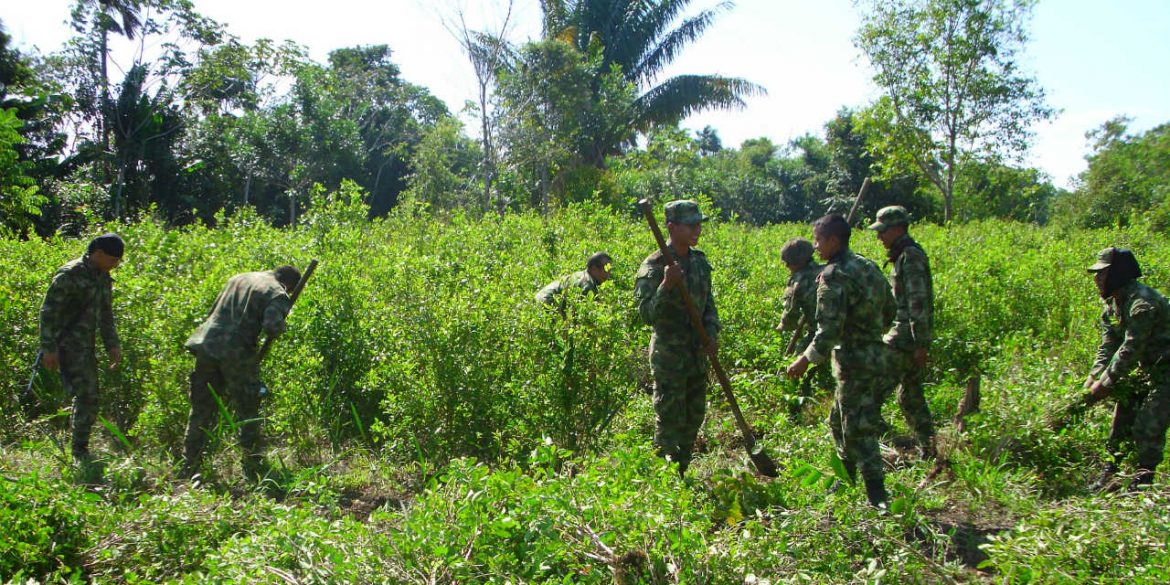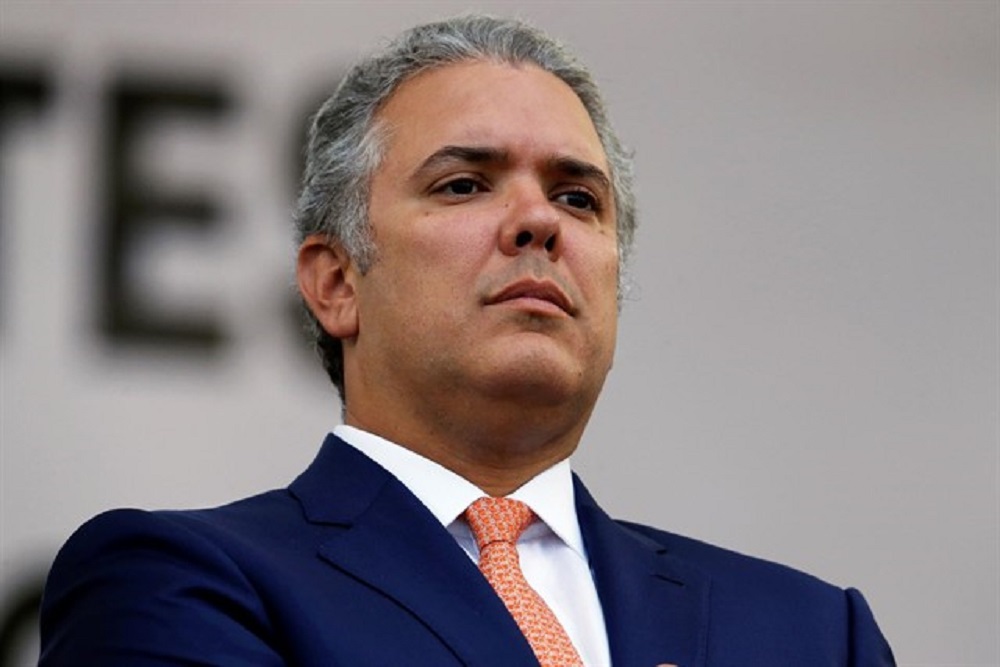RIO DE JANEIRO, BRAZIL – In view of the still large number of coca plantations, the Colombian government of President Iván Duque and some experts are again calling for the reintroduction of the highly controversial large-scale aerial spraying of the glyphosate herbicide.

On the other hand, there is a growing number of those who want to implement the substitution plan laid down in the peace agreement with the former guerrilla organization FARC-EP. It is clear that there are no quick fixes and that a package of measures is required. What is new are voices calling for a complete paradigm shift towards a state regulation of drugs.
The fight against illegal gains and the drug cartels could hardly be won otherwise. According to the UN Office on Drugs and Crime’s (UNDOC) latest available report, the year 2018 closed with 169,000 hectares of coca plantations in Colombia, 2,000 hectares less than in 2017.
Different figures suggest the success potential of the voluntary substitution plan (National Integral Program for the Substitution of Crops for Illicit Use – PNIS). In 2018, the coca area in the Department of Nariño was reduced by 3,835 hectares. The percentage of land on which coca was again cultivated after the removal of the coca crops is only 0.6 percent.
This means that of 100 hectares of coca plantations voluntarily removed, less than one hectare was replanted with coca. If coca plants are removed by force and without the involvement of the local population, the rate of replanting is 50-60 percent.
The impact of spraying with the glyphosate herbicide is particularly devastating. Between 1994 and 2015, 1,896,000 hectares were sprayed in Colombia, while the coca area increased from 46,700 to 96,000 hectares.
In Nariño alone, some 476,000 hectares were sprayed between 2000 and 2015, and the coca area increased from 9,300 to 29,800 hectares, a staggering 320 percent increase. Meanwhile, more than 4.5 million liters of glyphosate were used.
Glyphosate is highly inefficient at controlling coca, according to a study by the Universidad de los Andes. To permanently destroy one hectare of coca plants, the area must be sprayed up to 32 times, at a cost of US$ 57,150.
In February 2020, the Duque government terminated the agreement with the UNDOC, through which this UN body examined the substitution of coca plantations by the PNIS state-run substitution plan. The agreement was signed in 2017 by then-President Juan Manuel Santos and included technical advice and other aspects for alternative development projects.
In the UNDOC’s latest report of February 4th, 2020, the UN provided convincing data: In 56 municipalities in 14 counties, some 100,000 families involved would have voluntarily removed 40,506 hectares of coca. They thus fulfilled 95 percent of the agreed quota. Only 0.4 percent of the coca had been replanted.

UNDOC was thus able to demonstrate the sustainability and effectiveness of voluntary substitution, which argues against glyphosate spraying. Despite these positive results, the Duque government seems to have little interest in the program and is adding further obstacles to it.
Uribism, named after the hardliner and former president (2002-2010) Álvaro Uribe, rejected the peace agreement with the former guerrilla organization FARC-EP outright and criticized UNDOC, which has also operated the drug plantation monitoring system (Integrated System of Illicit Crops Monitoring, SIMCI) since 1999.
In fact, UNDOC’s involvement is expensive and the implementation of the agreement has not been error-free. Basically, the government is also free to change project partners. But according to analyst Laura Gil, Duque is ending the program to make it look like he is building something new and better.
The Pan-American Foundation for Development (FUPAD), which is close to the Organization of American States, is the most promising candidate to succeed UNDOC. Although there is nothing fundamentally wrong with using FUPAD, the tactic seems to be based on political rather than technical and professional criteria, says Gil.
On December 30th, 2019, the Colombian Ministry of Justice published a draft law to reintroduce glyphosate spraying. Citizens had until January 30th to comment on the proposal. However, glyphosate spraying cannot yet be automatically resumed because of the lack of health and environmental risk studies to meet the Constitutional Court’s requirements for resuming spraying.
According to Justice Minister Margarita Cabello Blanco, these studies should be completed by the end of April 2020. After that, the National Narcotics Council (CNE) must grant its consent for the spraying. However, before the CNE gives its final green light, pilot projects using glyphosate are feasible in order to learn how to handle the sprays correctly. The Duque government should easily obtain a majority in the CNE for the spraying.
However, the decree runs the risk of being hampered by lawsuits. By March 2019, 268 lawsuits against glyphosate spraying had been lodged. According to the decree, the anti-drug police are to conduct the spraying, but so far no aircraft have been adapted or pilots have been trained. So there are still a number of outstanding operational issues.
In 2019, the Constitutional Court defined the 2017 ruling more precisely and imposed further restrictions on spraying. These must not contravene the peace agreement, which gives priority to voluntary substitution, followed by manual eradication.
Glyphosate spraying is only a last resort. Furthermore, spraying is also banned in nature reserves and national parks, as well as on collective indigenous and Afro-Colombian land, and near settlements and water bodies. However, almost half of the coca plantations are located in such areas.
The Duque government is in a race against time, having made a commitment to the United States to cut coca plantations in half by 2023. By November 2019, more than 80,000 hectares had been removed manually, and 40,506 hectares had been voluntarily replaced, according to the defense minister.

